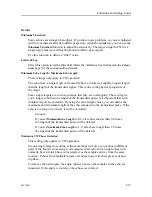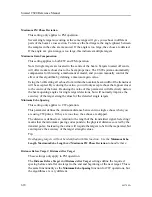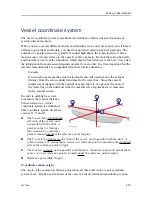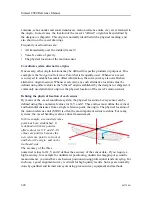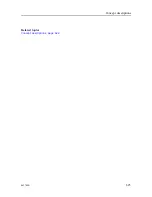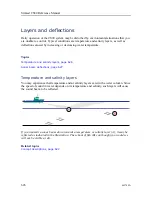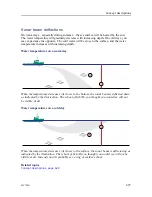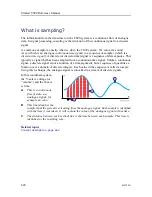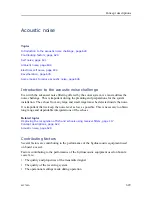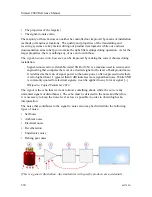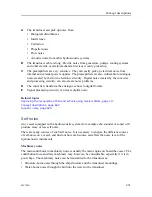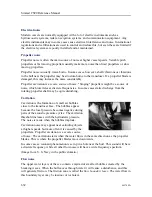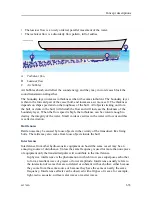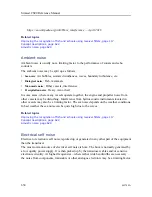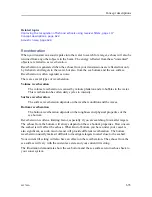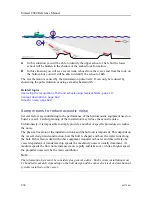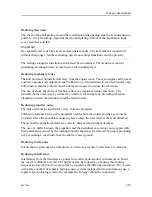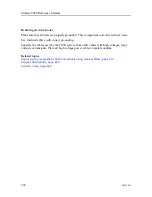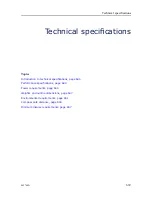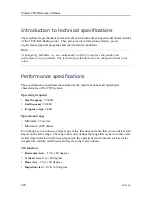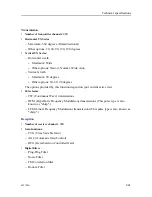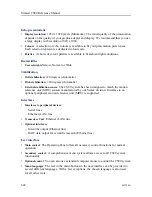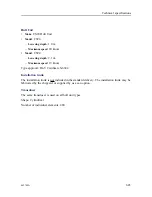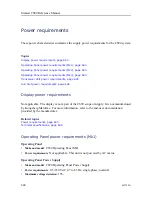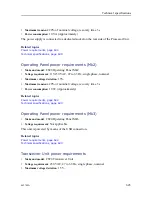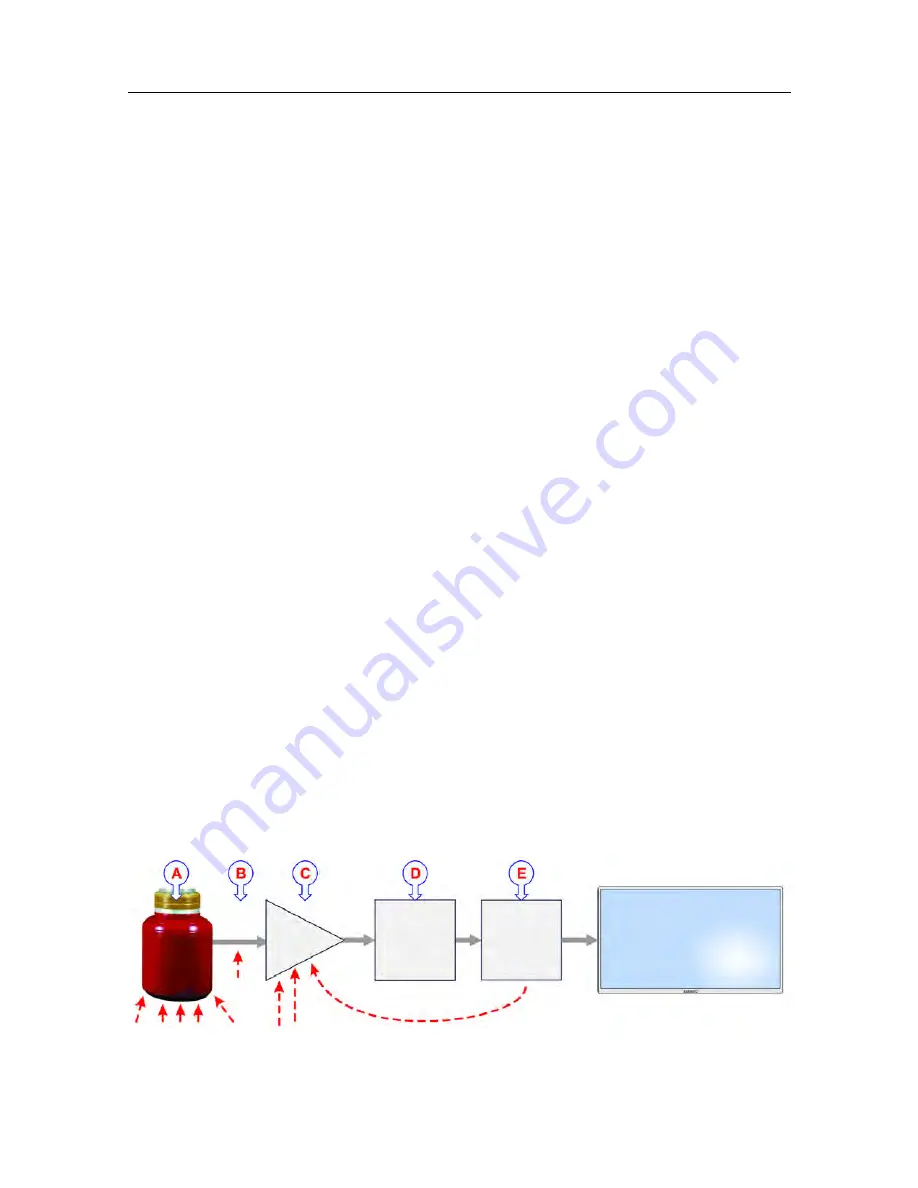
630
442700/A
• The properties of the target(s)
• The signal-to-noise ratio
The majority of these factors can neither be controlled nor improved by means of installation
methods or transducer locations. The quality and properties of the transmitting and
receiving systems are key factors during our product development, while our end user
documentation aims to help you to make the right filter settings during operation. As for the
target properties, there is nothing any of us can do with those.
The
signal-to-noise ratio
, however, can be improved by making the correct choices during
installation.
Signal-to-noise ratio (often abbreviated SNR or S/N) is a measure used in science and
engineering that compares the level of a desired signal to the level of background noise.
It is defined as the ratio of signal power to the noise power, often expressed in decibels.
A ratio higher than 1:1 (greater than 0 dB) indicates more signal than noise. While SNR
is commonly quoted for electrical signals, it can be applied to any form of signal [...].
Wikipedia, Copied September 2013
The
signal
is the echo that we want to know something about, while the
noise
is any
unwanted signals or disturbances. The echo must be detected in the noise and therefore
it is necessary to keep the noise level as low as possible in order to obtain high echo
interpretation.
The noise that contributes to the signal to noise ratio may be divided into the following
types of noise:
• Self noise
• Ambient noise
• Electrical noise
• Reverberation
• Underwater noise
• Fishing gear noise
(This is a generic illustration. Any similarities with specific products are accidental.)
Simrad CS90 Reference Manual
Summary of Contents for Simrad CS90
Page 1: ...kongsberg com simrad Simrad CS90 REFERENCE MANUAL ...
Page 2: ......
Page 627: ...442700 A 625 Related topics Concept descriptions page 622 Concept descriptions ...
Page 683: ......
Page 684: ... 2021 Kongsberg Maritime ISBN 978 82 8066 213 2 ...
Page 685: ......
Page 686: ...Reference Manual Simrad CS90 ...


